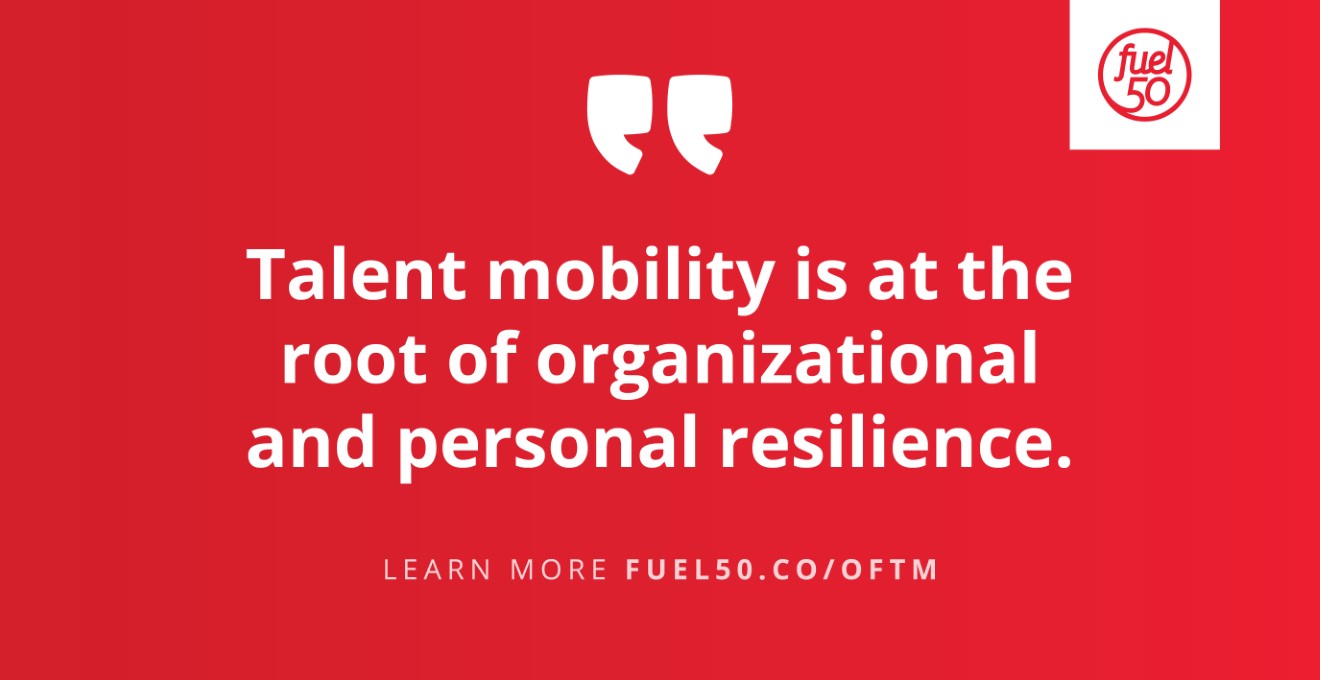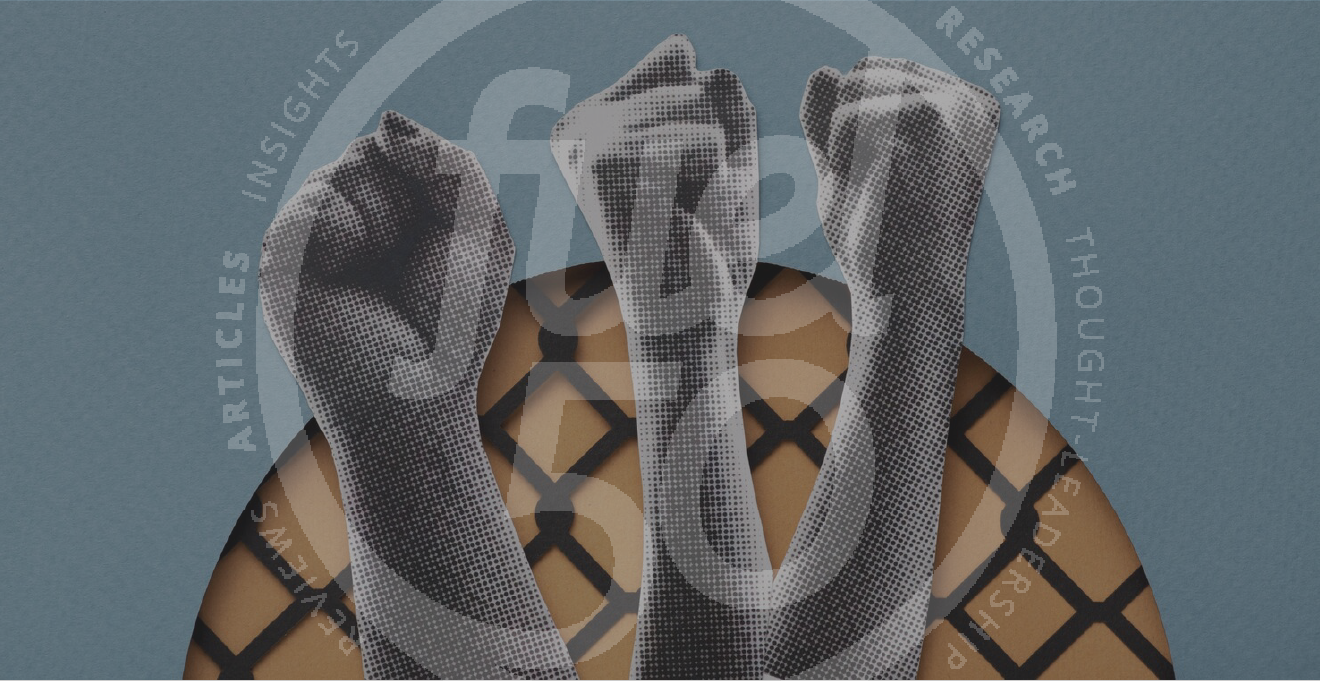The world of work is ever-changing, and the changes have been dramatic and more rapid since the global lockdown kicked in last March.
Never before have agility and flexibility been so critical for workers trying to survive — and even grow — in their careers. There is a clear need for people to learn and re-skill to keep up with the growing demands of this new world of work.
It is essential that workers today are mindful of their skill set. They must constantly learn, re-learn, and adjust to the changes going on around them. In fact, the ability to be flexible and agile, while also continually learning and reskilling, is critical to ongoing success — both for employees and for the organizations they work for.
THAT is what the Future of Work is all about.
“The call for individuals and organizations alike to invest in learning and development has never been more insistent,” as a McKinsey report recently noted. “The World Economic Forum recently declared a reskilling emergency as the world faces more than one billion jobs transformed by technology. …The pandemic has only heightened the urgency of doubling down on skill building, either to keep up with the speed of transformation now underway or to manage the particulars of working in new ways.”
And McKinsey isn’t the only one making this case.
Employees are trying to find “a way to survive”
Jason Lauritsen, a much-admired industry friend of Fuel50, is an “Author, Adviser, Leadership Trainer, and Workplace Culture Expert” based in Omaha, Nebraska. Here’s what he recently said about the many challenges the working world has been dealing with:
“There has been more disruption to the way work gets done in the past few months than in the previous decade. This virus forced us to cut through bureaucracy, red tape, and old school management practices to find a way to survive.
And yet, both Gallup and Quantum Workplace have reported data that shows a dramatic improvement in employee engagement trends during the pandemic when compared to past years.
What do we really know for sure at this point? … We know that employees are far more resilient, resourceful, and committed to their jobs than most organizations assumed.
We (also) know that when we are properly motivated, we can get things done and make things happen, even big complex things, a lot faster than we thought. Our slow, political, bureaucratic processes have been like anchors holding us in place. The bigger your organization, the heavier that anchor.”
Yes, people have the innate ability to be flexible and agile, but as Jason Lauritsen observed, they can take those natural abilities to higher levels when they are motivated to do so.
A sudden transformational event like a world-wide pandemic can do that, and the Harvard Business Review makes the case too, arguing that, “There’s nothing like a crisis to ignite innovation. … (and) the current pandemic has already led to countless innovations.”
How has that happened? As HBR clearly points out, agility is the key. And in many cases, it wasn’t planned but instead it was agility-on-the-fly, a rapid response to a sudden organizational challenge that demanded quick action.
As the magazine describes it, “Typically, a small group of people spotted an urgent need, dropped lower-priority activities, broke typical bureaucratic procedures, and transformed from everyday workers to real-life corporate MacGyvers, surprising themselves and their bosses in the process.”
However, they add that agility that occurs as a response mechanism does not always take root with employees or their organizations.
“This spur-of-the-moment agility is fragile,” HBR notes. “Innovations happen sporadically rather than systematically. And when the emergency fades, people typically return to traditional command-and-control innovation until the next crisis arises, when they must reinvent agile approaches all over again.”
This begs the question: How can workforce agility and flexibility drive meaningful (and lasting) workplace innovations for both employees AND their organizations?
Gartner has some interesting suggestions for that.
Five actions that will drive both agility AND flexibility
In their analysis of the Future of Work Trends Post Covid-19: Long-Term Impact & Actions for HR, they make the case that “organizations (must) redefine criticality — the skills needed to meet strategic goals. (And) those skills will no longer equate with (job) roles.”
They list five (5) actions that Human Resources must take to do this, and all of them are rooted in the larger need to be flexible, agile, and re-skill for both larger and near-term organizational needs:
- Evaluate critical skills and competencies — “Motivate employees to develop critical skills that multiply their options; don’t just prepare them for a specific next role.”
- Consider current and future leadership needs — “Reevaluate which roles need succession plans and bolster the development paths for potential successors
- Tighten your focus on the Future of Work — “Re-engineer workforce planning to focus on critical skills versus critical roles.”
- Develop better Talent Mobility — “Provide greater career development support to employees in critical roles who lack critical skills.”
- Turbocharge your efforts with analytics — “Use external talent intelligence to analyze trends in skill evolution and talent profiles.”
What seems to be clear, for both employers and employees, is that the COVID-19 crisis has shown just how important agility and flexibility truly are. The ability to turn on a dime and change directions, whether it be for the larger organization or for individual employees and contributors, is more important than ever before.
When you consider the Future of the Worker, the ability to be flexible, agile, and constantly re-skilling will be vital for those who want to continue to grow and provide high value to the organizations they work for.
Essentially, don’t get too comfortable in that job you love and feel perfect in — because it may be obsolete a year from now. Those who survive-and-thrive will be those who can make the necessary adjustments by bending in the wind and constantly updating their skills.
They are the people who understand AND embrace the need to be both agile and flexible.
Unexpected challenges and opportunities
Remember — organizations that survive the challenges brought on by the pandemic will be doing the same, and they will require even MORE agility and flexibility from those who work for them.
As the Harvard Business Review points out:
“The current pandemic is surely the worst calamity most business leaders have seen, but it is hardly unique. The past two decades have witnessed a startling series of crises and black-swan events … The future, in our view, won’t be all that different: It is likely to present companies with a series of unexpected challenges and opportunities, and business as usual will no longer be sufficient. An agile business system can help companies create the innovations they will need to survive in these uncertain times.”
How will you continue to respond and adjust to this new way of work and the New Talent Economy?
Does Your Organization Have a Future Without Talent Mobility?
The future is not a given, but it is in our hands to shape. HR has a duty to rethink how we create organizations that can thrive going forward, and not just for the good of our own people but for everyone we serve directly and in the wider community.







